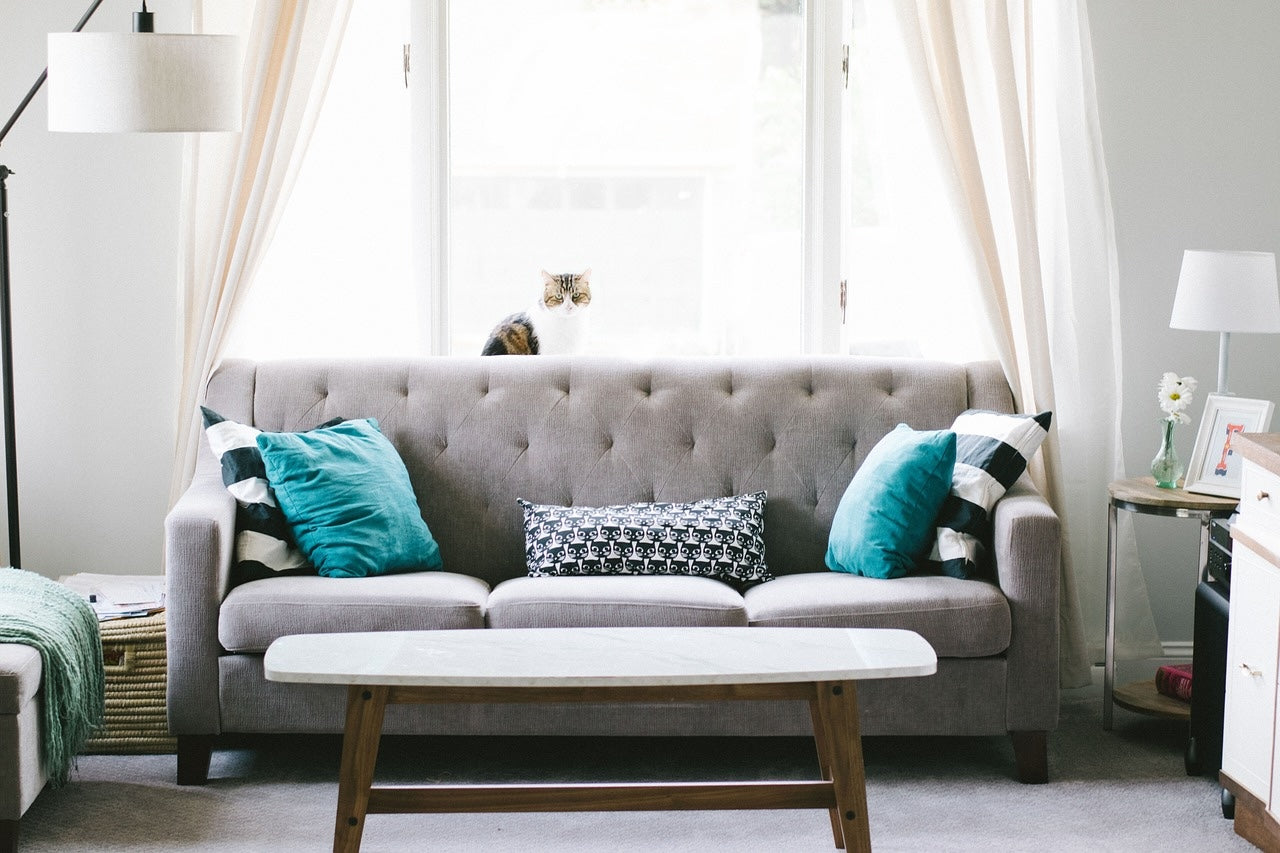The living room is one of the most essential areas in a home. It is a place where the family gathers, guests are welcomed, and meaningful conversations take place. Minimalist living room interior design has become a popular trend because it offers a clean, functional, and comfortable aesthetic. This article will discuss various aspects of creating a beautiful, practical, functional, minimalist living room interior.
What is Minimalist Interior Design?
Minimalist interior design focuses on simplicity, functionality and efficient use of space. The main principle of this style is "less is more," which means reducing unnecessary elements and leaving only the essentials. Minimalist interiors prioritise spacious spaces, neutral colours and furniture with clean lines.
Why Choose a Minimalist Living Room Interior?

There are several reasons why minimalist interior design is a favourite choice for many people.
1. The Effect of Wider Space
Minimalist design gives the illusion of more space, even in a small room. Reducing excess furniture and choosing a neutral colour palette will make the living room more open and spacious.
2. Ease of Maintenance
A minimalist living room with minimal furniture and decoration is easier to maintain. Less dust and dirt accumulate, making cleaning and maintaining the room simpler.
3. Modern and Elegant Aesthetic
The minimalist design offers a modern and elegant aesthetic, suitable for various types of residences, from apartments to family homes. A minimalist living room gives off a clean and well-organized impression.
Tips for Creating a Minimalist Living Room Interior
To create a minimalist living room interior that is functional and aesthetic, here are some tips that you can apply:
1. Choose neutral colors
Neutral colours such as white, grey, beige or light brown are the right choice for a minimalist living room interior. These colours give a calm, airy impression and are easily combined with other decorative elements.
2. Use Furniture with Clean Lines
Choose furniture with simple designs and clean lines. Avoid furniture that is too large or has complicated decorative details. An ideal choice is a simple coffee table, sofa with geometric shapes, or minimalist wall shelves.
3. Reduce the use of decorations
Minimalism emphasises function, so make sure each decorative element has a clear purpose. Avoid too many decorations or accessories, which only make the room feel complete. Choose some decorative elements, such as a modern chandelier, a large mirror, or indoor plants, to give it a natural touch.
4. Take advantage of Natural Lighting
Natural light is an essential element in minimalist design. Large windows that allow sunlight to enter the room will make the living room feel warmer and more open. If possible, avoid using thick curtains that can block light from entering.
5. Choose a simple floor
Floors with simple or plain patterns are the best choice for minimalist living rooms. Materials such as wood, vinyl, or neutral-coloured tiles can be used to maintain a clean and tidy impression.
6. Focus on Functionality
Every element in a minimalist living room must have a function. For example, choose a sofa with storage space underneath or a coffee table that can be folded when unused. This way, you can maximise space without sacrificing aesthetics.
Examples of Minimalist Living Room Interior Decoration

Here are some examples of decorations that you can apply to a minimalist living room:
1. Sofa Modular
Modular sofas are a flexible and functional choice for minimalist living rooms. You can adjust its layout to suit your space needs, and its simple shape fits the minimalist aesthetic.
2. Floating Wall Shelf
Floating wall shelves are a storage solution that only takes up a little space. You can use it to store books, small decorations, or other items you want to display.
3. Indoor Plants
Adding indoor plants such as monstera, sansevieria, or small cacti can give a natural touch to a minimalist living room. These plants not only beautify the room but also help improve air quality.
4. Plain Carpet
Carpets in neutral colours and without striking patterns can be the perfect addition to a minimalist living room. They will warm the floor and unite the room's elements.
Mistakes to Avoid in Minimalist Interior Design
To achieve the best results, avoid the following common mistakes when designing a minimalist living room interior:
1. Too Much Decoration
One of the biggest things that could be improved in minimalist design is using less decoration. This mistake can ruin the minimalist aesthetic and make the room feel complete. Always prioritise functionality and avoid adding unnecessary decorative elements.
2. Choosing furniture that doesn't match the size
Small furniture can reduce space and make the room feel cramped. Measure your living room well and choose furniture proportional to its size.
3. Ignoring lighting
Lighting is an essential element in minimalist design. Without good lighting, a living room can feel gloomy and uncomfortable. Make the most of natural lighting and add lamps with minimalist designs for additional lighting.
Minimalist living room interior design is the perfect choice for creating a comfortable, functional, aesthetic space. By following minimalist principles such as choosing neutral colours, using furniture with clean lines, and prioritising functionality, you can create a living room that is not only visually appealing but also comfortable for everyday use.
Remember that the key to minimalist design is simplicity and order. With a little effort and planning, you can have a minimalist living room that reflects beauty in simplicity.
